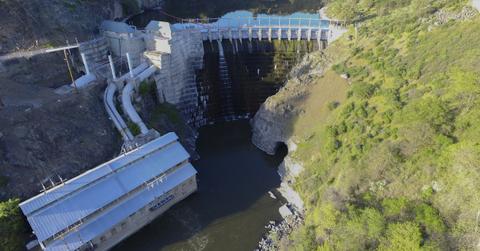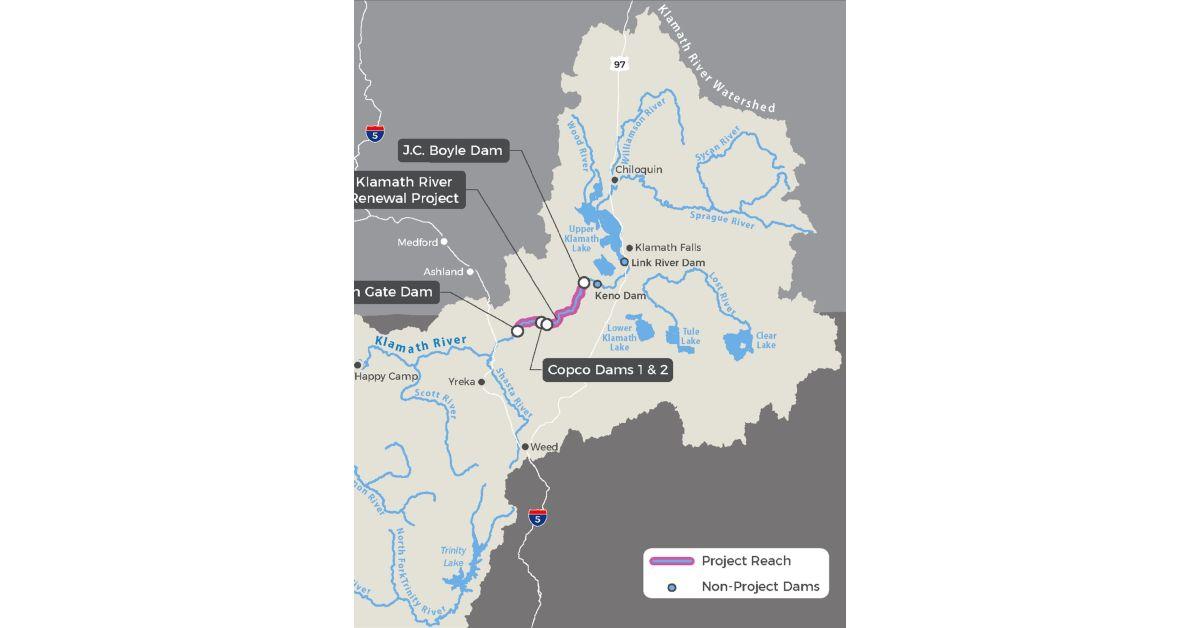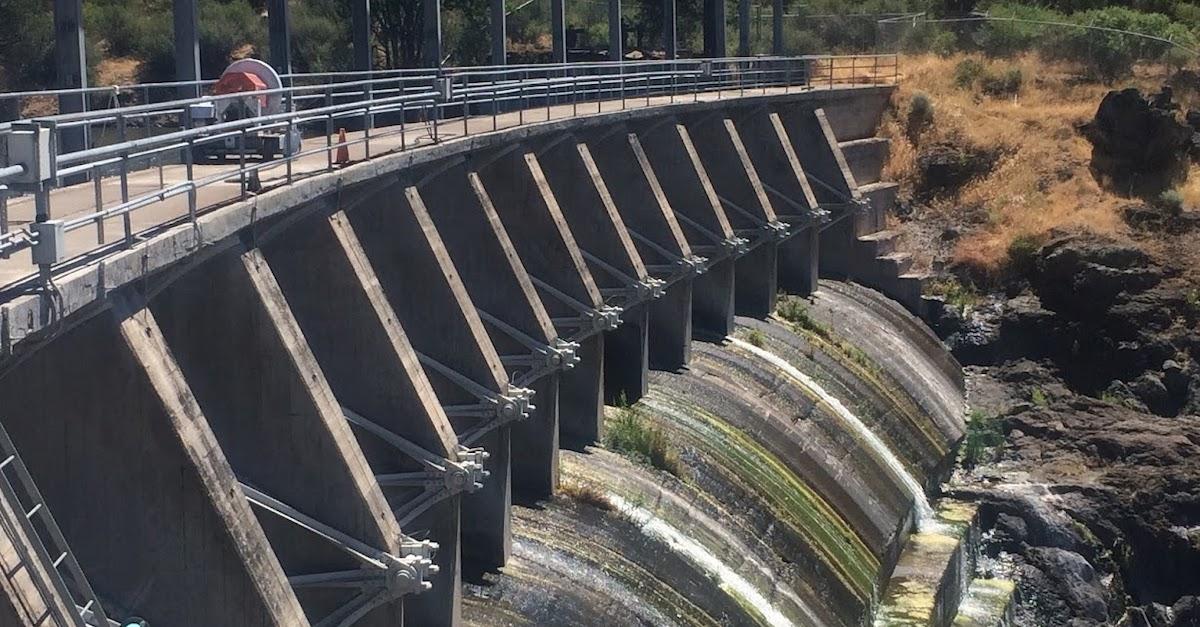The Klamath River Dam Removal Map Shows the Scope of the Environmental Victory
Published Nov. 18 2022, 12:36 p.m. ET
For years, native tribes and environmentalists alike have pushed for the removal of the Klamath River Dam. Although it's used to provide hydroelectricity to nearby homes, it blocks salmon from migrating, doing both nearby tribes and the fish themselves a disservice. But finally, it was announced the dam is finally being removed — and the Klamath River dam removal map shows how much of the river will finally be able to flow freely.
"Some people might ask in this time of great need for zero emissions, 'Why are we removing the dams?' First, we have to understand this doesn't happen every day... a lot of these projects were licensed a number of years back when there wasn't as much focus on environmental issues," FERC Chairman Richard Glick told NPR.
"Some of these projects have a significant impact on the environment and a significant impact on fish."
"The Klamath salmon are coming home," Yurok Chairman Joseph James also told NPR, following the environmental victory. "The people have earned this victory and with it, we carry on our sacred duty to the fish that have sustained our people since the beginning of time."
The map of the Klamath River dam removal:
Above is the Klamath River dam removal map. It shows the planned demolition of four dams in the lower Klamath River, which were finally approved by U.S. regulators on Thursday, Nov. 17.
Once the project is officially completed, salmon will be able to swim freely through hundreds of miles of additional space. This will be the largest dam removal and river restoration project in the world, according to OPB, which will make for a historic milestone.
The dam removal was voted on unanimously by the Federal Energy Regulatory Commission (FERC), after 20 long years of tribes and conservationists alike putting forward environmental studies, statements, and negotiations.
About 70,000 homes are currently powered by the hydroelectric dam. However, the hydroelectric dam has trouble running at full capacity, because of problems with plunging water levels due to ongoing droughts in the area, as well as other water-related issues.
Hoopa Valley Tribe Chairman Joe Davis told Mother Jones that local people have “poured their blood, sweat, and tears into making this happen.”
And now that the FERC has approved the process, dam removal can start pretty soon.
Benefits of removing the Klamath River dam:
There are many benefits that come with removing the Klamath River dam.
Over the last several years, the Coho Salmon population has plunged, ultimately making it to California's threatened species list. And since salmon are staples to the diets of six local tribes, the dam has limited their food sources significantly. The dam's removal will help boost fish populations, helping both local ecosystems and tribes alike.
The project was projected to begin in 2022, but it was put on hold in 2020 after costs and accidents were put into question. However, once utility company, PacifiCorp stepped in with additional funds, it was finally able to move forward.


